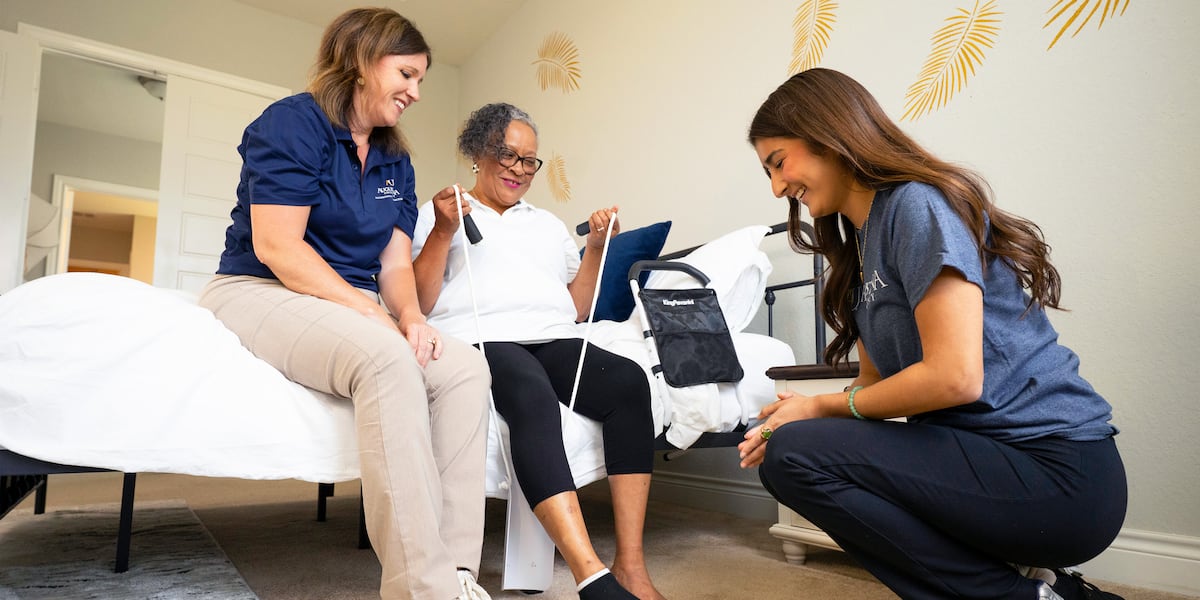From Dropped Passes to Draft Pick: How Arian Smith's Innovative Goggles Could Revolutionise NFL Receiving

The 2025 NFL Draft saw the New York Jets take a gamble, selecting wide receiver Arian Smith from the University of Georgia. While Smith possesses undeniable speed and athleticism, his struggles with catching the football were well-documented – a significant concern for any aspiring receiver. But what if a revolutionary new technology could turn this weakness into a strength? Enter Arian Smith’s innovative strobe goggles, a project that's generating considerable buzz and potentially reshaping the future of NFL receiving.
The problem of dropped passes in the NFL is a perennial one. Factors like speed, defensive interference, and the sheer velocity of the ball contribute to these frustrating errors. Smith’s challenge was particularly pronounced, leading to questions about his viability at the professional level. However, Smith didn't accept his limitations. He embarked on a unique journey, collaborating with engineers and neuroscientists to develop a pair of specialized goggles designed to enhance visual tracking and reaction time.
These aren't your average sports goggles. Smith's strobe goggles utilize a carefully calibrated sequence of flashing lights, designed to stimulate specific areas of the brain responsible for visual processing. The theory is that the strobe effect can sharpen focus, improve hand-eye coordination, and ultimately, reduce dropped passes. Early testing has shown promising results, with Smith demonstrating a marked improvement in his ability to track and secure the football during training sessions.
The science behind the goggles is rooted in the principles of neuroplasticity – the brain's ability to adapt and reorganize itself. By repeatedly exposing the brain to the strobe pattern, Smith aims to retrain his visual system, essentially creating new neural pathways that improve his catching abilities. While the long-term effects remain to be seen, the initial progress is undeniably encouraging.
The Jets' decision to draft Smith, despite his past struggles, is a testament to the potential of this technology. They see in him not just a flawed receiver, but a pioneer – a player who is willing to push the boundaries of athletic performance through innovation. The team is reportedly integrating the goggles into Smith’s training regimen, and the entire league will be watching closely to see if this unconventional approach can unlock his full potential.
The implications extend far beyond Arian Smith. If his experiment proves successful, these strobe goggles could become a standard tool for NFL receivers—and potentially athletes in other sports requiring precise hand-eye coordination. We could be witnessing the dawn of a new era in athletic training, where technology plays an increasingly crucial role in optimizing performance and overcoming limitations.
However, ethical considerations are also emerging. Concerns about fairness and potential performance enhancements are likely to be debated as the technology becomes more widespread. The NFL is expected to carefully monitor the use of these goggles to ensure they comply with league regulations and maintain a level playing field.
For now, all eyes are on Arian Smith and his quest to transform himself from a draft liability into a valuable asset for the New York Jets. His journey with the strobe goggles is more than just a story about catching a football; it’s a story about innovation, perseverance, and the power of technology to redefine athletic possibility.





